June 24, 2025 | 15:04 GMT +7
June 24, 2025 | 15:04 GMT +7
Hotline: 0913.378.918
June 24, 2025 | 15:04 GMT +7
Hotline: 0913.378.918
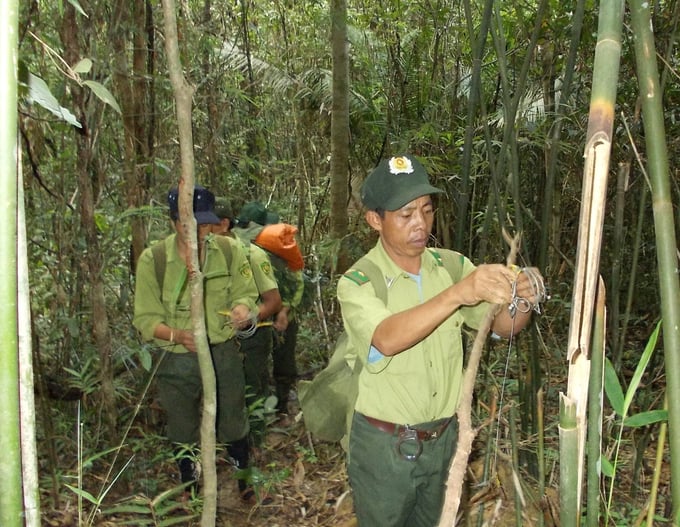
Forest rangers from Chumomray National Park dismantling animal traps. Photo: Dang Lam.
The provinces of Gia Lai and Kon Tum, characterized by extensive forest cover, harbor an extensive variety of plant and animal species. Numerous uncommon and valuable animal species reside, in particular, in the forest regions overseen by Konkakinh National Park (Gia Lai) and Chumomray National Park (Kon Tum province). As a result, they attract the attention of poachers who are intent on capturing and trapping them. As time has passed, members of the community have entered the forests with the intention of setting traps for wildlife, despite the efforts of forest protection forces to thwart this behavior.
The Chumomray National Park is situated in the Sa Thay district of the province of Kon Tum. The forest is situated in a strictly protected area, characterized by the dense clustering of ancient trees. Monkeys leap from tree to tree in a playful manner. While seeking water, a herd of stray piglets races beneath the gurgling streams. When confronted by strangers, the piglets retreat swiftly into the underbrush before vanishing.
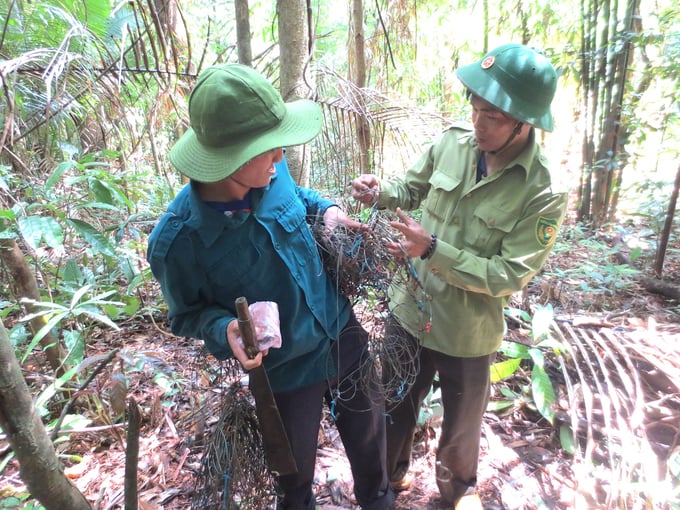
The number of animal traps seized by forest rangers from Chumomray National Park during a patrol. Photo: Dang Lam.
A forest protection team is conducting a survey through the forest from Bar Gook Forest Protection Station (Chumomray National Park). The intense sunlight have drenched their features in sweat. They share bottles of cold water while seated by the side of the road in an effort to refuel and regain energy.
The chief of the Bar Gook Forest Protection Station, Mr. Le Van Nghia, stated that five officers are tasked with the management of 5,139 hectares of forest. At this time, station officers are required to patrol the forest day and night in order to prevent residents from entrapping forest animals and to bolster forest protection against fires. They deliver food and water each morning in order to inspect areas susceptible to traps, remove them, and rescue animals. During its most recent trip, the station destroyed four traps.
As per Mr. Nghia, the station eliminated a total of 177 traps of diverse dimensions during its optimum operation in March 2022. However, in the initial quarter of 2024, only 57 small traps were removed. More specifically, the implements employed to capture sizable fauna have become obsolete. This signifies a shift in public awareness, which is highly commendable. Additionally, the most satisfying aspect of dismantling animal traps, according to Mr. Nghia, is rescuing and returning animals to their natural habitats.
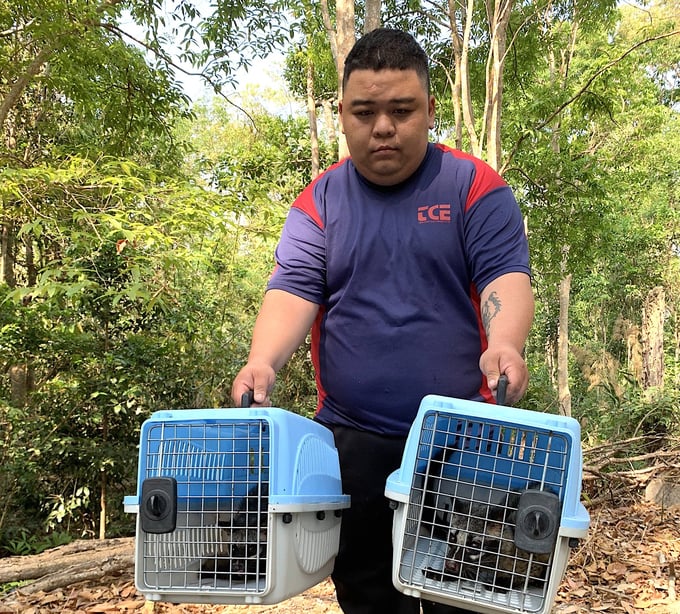
Chumomray National Park releasing a civet back into the wild. Photo: Dang Lam.
As per the statement provided by Mr. Dao Xuan Thuy, the director of Chumomray National Park, the park's forest protection forces conducted patrols and dismantled 30,876 traps of diverse types between March 2019 and March 2024, thereby effectively protecting wildlife.
The ongoing and continuous task of dismantling animal traps is observed at Konkakinh National Park. As per the statement provided by Mr. Ngo Van Thang, the park director, forest protection stations temporarily seized six manufactured firearms, and 1,053 traps of diverse types, and dismantled numerous traps throughout the forest during patrol missions in 2023.
All of these organizations have established wildlife rescue centers in the two national parks mentioned above. These facilities are tasked with the reception of animals rescued during patrol missions, the dismantling of animal traps or animals held captive against the will of civilians, and the examination of evidence from legal proceedings. The center promptly arranges for veterinary specialists to attend to and heal the animals upon their arrival. Once these individuals have been reestablished into their communities and are considered healthy again, they are released back into the environment.
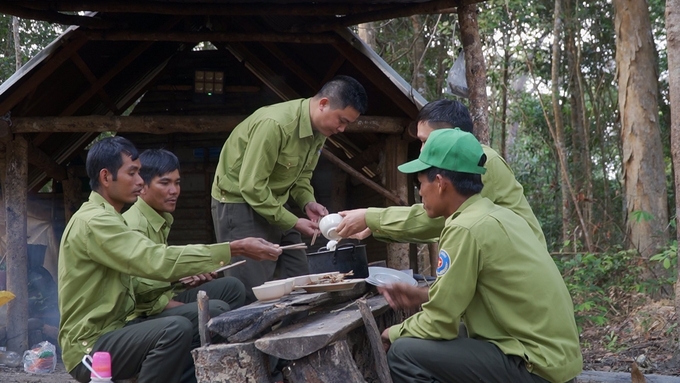
Quick meals in the heart of Konkakinh forest. Photo: Dang Lam.
Located in Chuhomray National Park, the Biodiversity Conservation and Ecotourism Center is surrounded by ancient, towering trees. The center has made an investment in distinct animal enclosures that are furnished with all essential facilities and are partitioned into specific zones. These enclosures are cleansed and prepared to receive rescued animals upon their arrival.
An employee of the center, Ms. Tran Anh Nguyet, stated that the center has cared for and rescued a significant number of untamed animals that have been the subject of legal cases throughout the years. After receiving the animals, the center ensures that they receive comprehensive care prior to their release back into the environment. In recent times, the center has disposed of all rescued animals back into the environment, due to the increase in the number of animals requiring care. As an effort to improve their rescue and care endeavors, center personnel peruse supplementary animal care documents while awaiting the arrival of new receptions.
The director of Chumomray National Park, Mr. Dao Xuan Thuy, reports that the institution has received 344 rescued animals over the past six years. Out of the total, 18 were deemed suitable for reintroduction into the wild, whereas the remaining animals were transferred to alternative rescue facilities for additional medical attention.
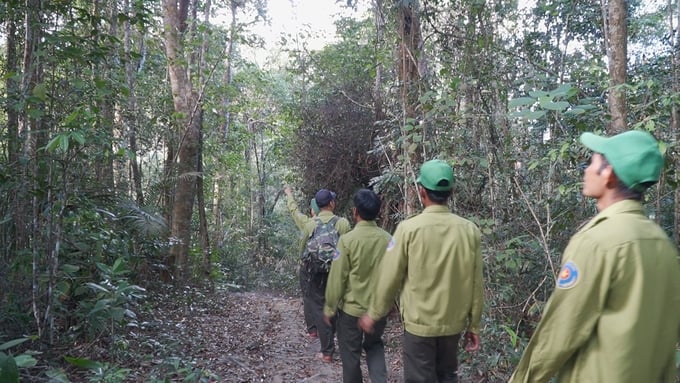
Forest patrol in Konkakinh National Park. Photo: Dang Lam.
A notable location for animal rescue is the Rescue, Conservation, and Development Center for Wildlife situated within Konkakinh National Park. As an illustration, Kon Ka Kinh National Park acquired and reintroduced 61 specimens of diverse species, such as wild boars, elongated tortoises, clouded leopards, mountain turtles, golden turtles, large land turtles, small civets, gibbons, macaques, and langurs, into the wild in 2023.
As per the administration of Kon Ka Kinh National Park, a pivotal moment of the rescue operations in 2023 was the partnership established with the Provincial Forest Protection Department of Quang Ngai for the purpose of transferring a troop of eight golden primates from Hon Tra Island (Quang Ngai) to the care facility. In October 2023, the center partnered with the Quang Ngai Provincial Forest Protection Department to reintroduce the eight restored golden monkeys into a forest region situated in Block 5, Subarea 432 (managed by the park in Mang Yang district, Gia Lai province). This initiative aimed to provide the monkeys with a natural habitat and prevent inbreeding.
Translated by Linh Linh
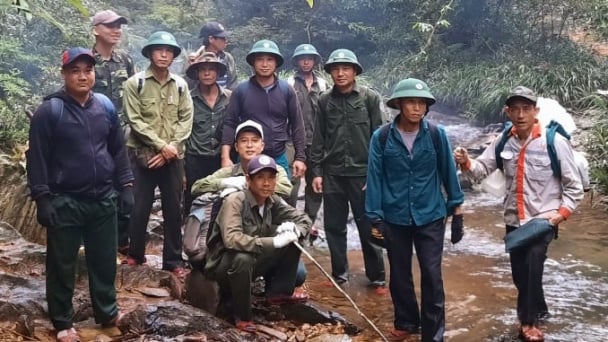
(VAN) All parties have acknowledged the barriers in mobilizing finance for conservation, proposing detailed initiatives. One of the most effective methods is to employ natural-based solutions.

(VAN) Vietnam is the country with the highest diversity of primate species in Southeast Asia, but most of them are seriously threatened, creating an urgent need for conservation efforts.
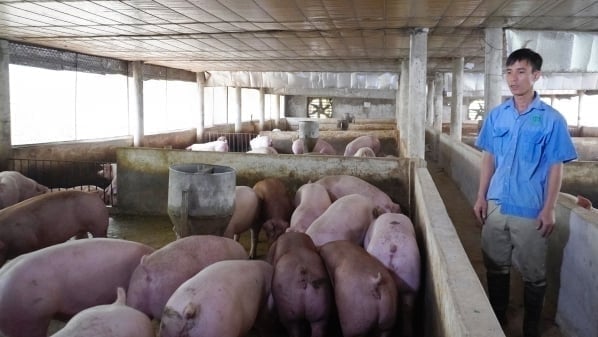
(VAN) Livestock farmers are still hesitant to use the new ASF vaccine products, mostly waiting for responses from large businesses before making a decision.
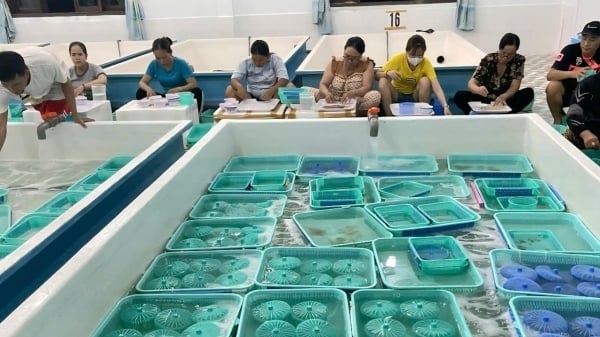
(VAN) Khanh Hoa and Phu Yen continue to strengthen inspection and control of lobster seed circulation in the area, and strictly handle violations.
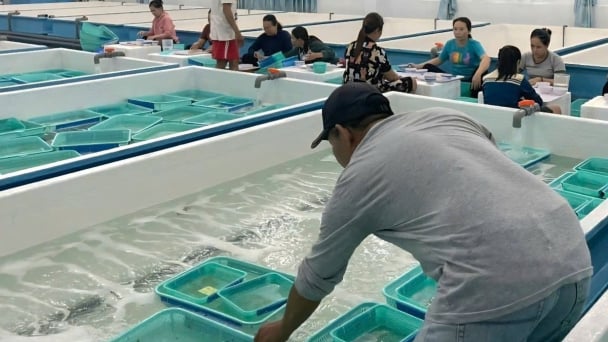
(VAN) Phu Yen and Khanh Hoa recently discovered many batches of lobster seeds of unknown origin. The authorities quickly moved and handled it as per regulations.
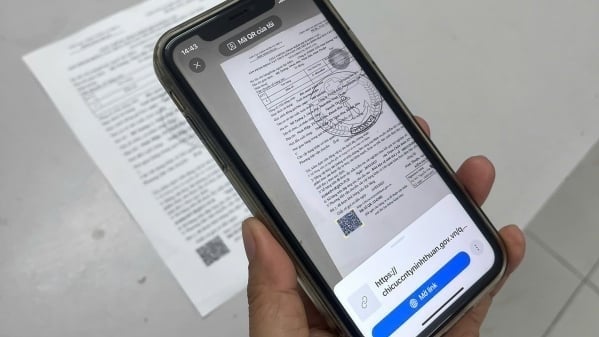
(VAN) Thanks to Ninh Thuans’s digitization of shrimp seed quarantine declarations, the procedures for payment and result reception are simpler and quicker.
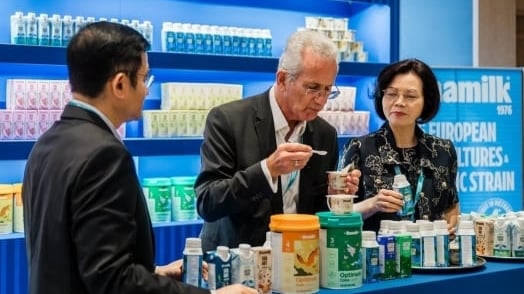
(VAN) In Amsterdam, the Netherlands, the 18th Global Dairy Congress 2025 took place from June 18-19, where Vinamilk won many grand awards.